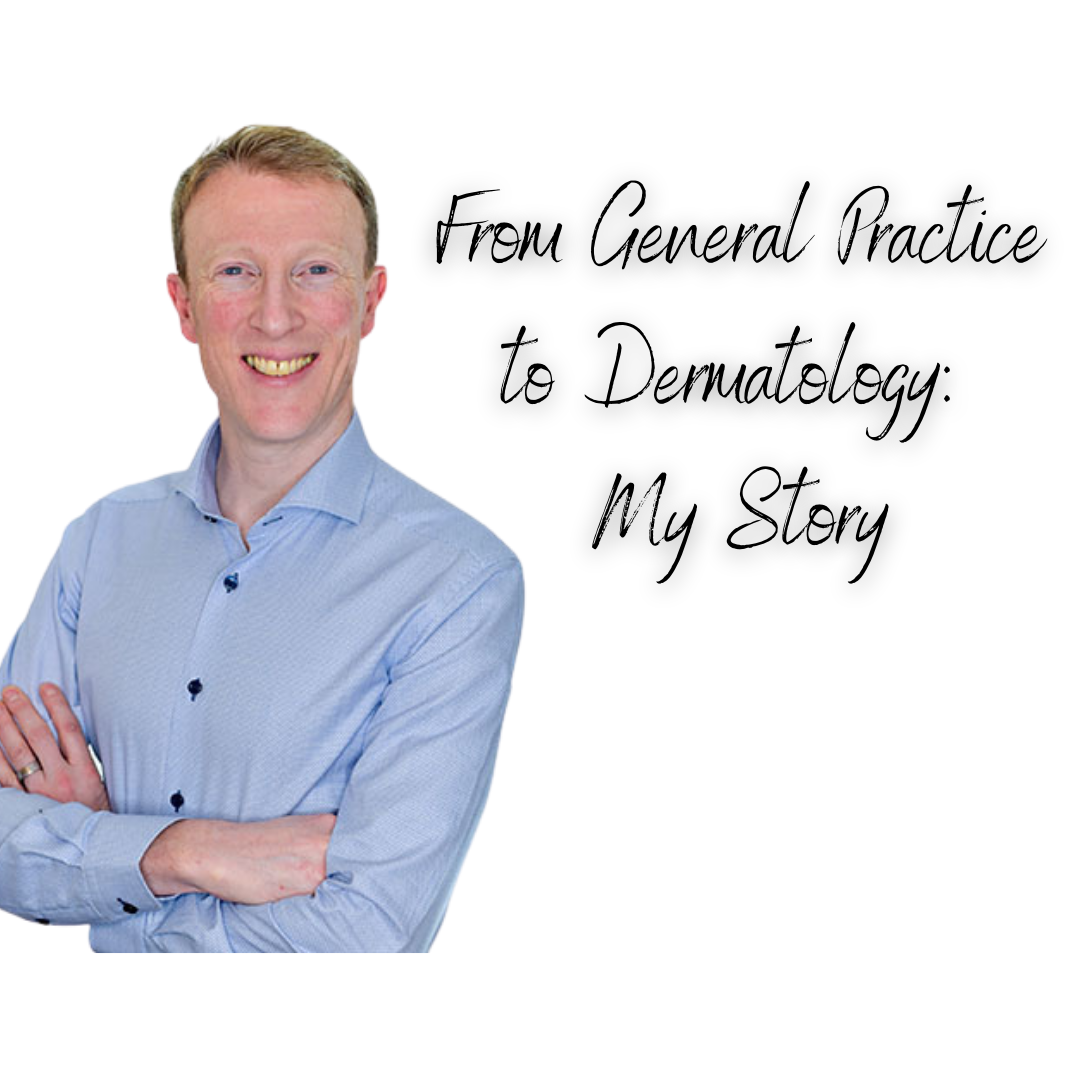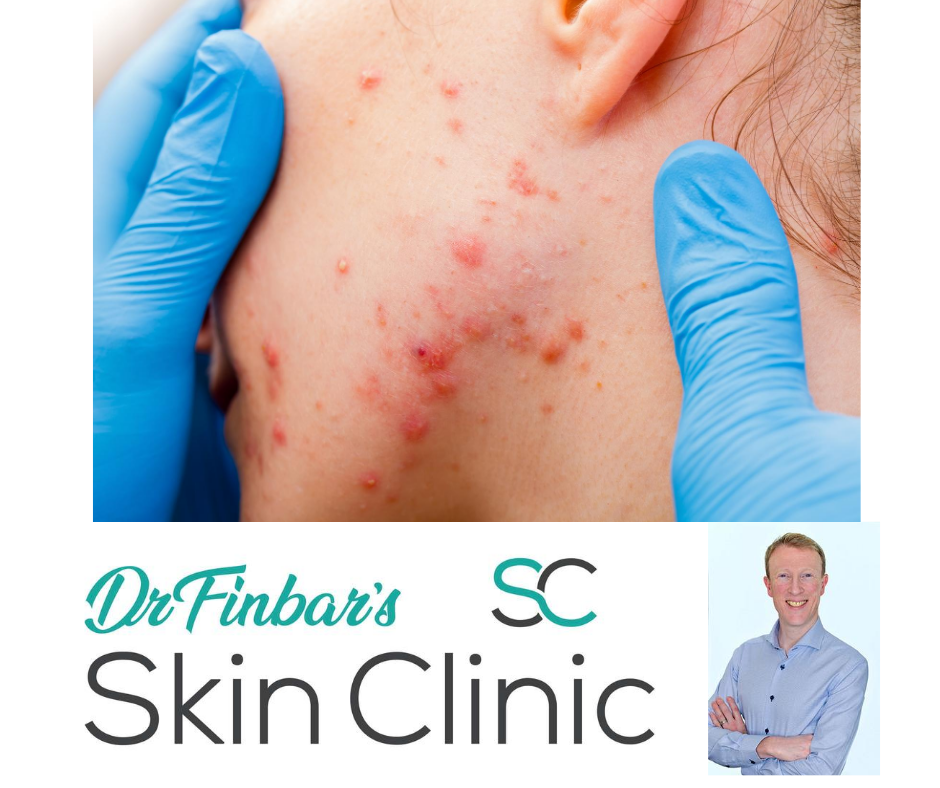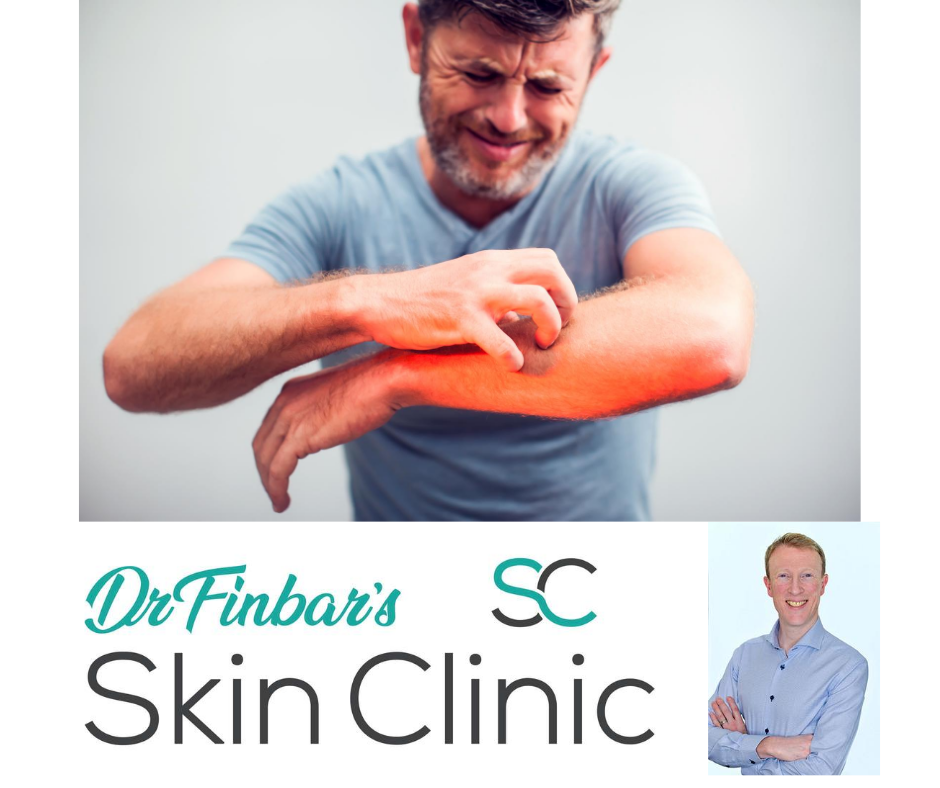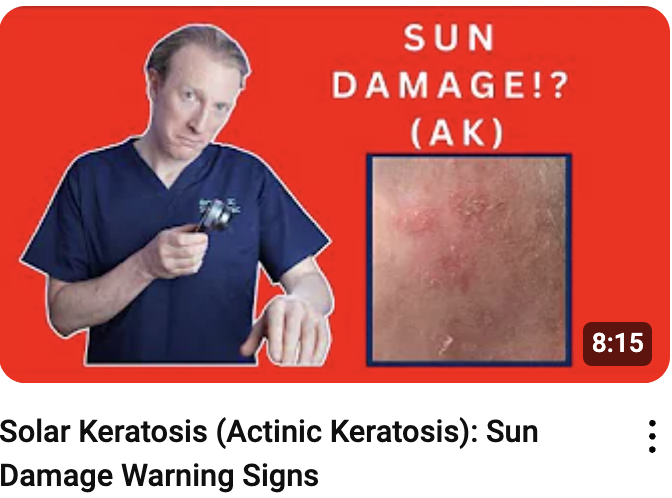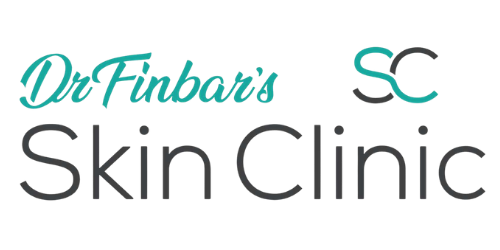Haemangioma
(The text below is a transcript from the video)
Introduction:
Haemangiomas, also known as cherry angiomas, Campbell De Morgan spots are a common benign skin growth that typically appears as a small red or purple spot on the skin. In this video we are discussing the adult onset version and not the haemangiomas that babies get at or shortly after birth.
They can occur anywhere on the body and are usually painless, but may cause concern for those who have them. In this video, we'll explore the causes, symptoms, and treatment options.
What are Haemangiomas?
Haemangiomas are basically an overgrowth of blood vessels in the skin. They are more common in adults and may be hereditary. Haemangiomas are generally harmless and do not require treatment, but they can be removed for cosmetic reasons or if they cause discomfort or functional problems like bleeding.
What do they look like?
Haemangiomas appear as small, round or oval-shaped spots that are usually red or purple in colour. The colour corresponds to the degree of oxygenated versus deoxygenated blood in them.
Oxygenated blood is red and deoxygenated blood is blue or purple. If injured (by scratching or rubbing), the trauma can cause the haemangioma to bleed and the blood within it can congeal and clot and then appear very dark purple or black. This is often the reason someone may become worried by a change in their “mole”. (Not a mole) This black colour would usually occur very quickly after an injury.
They can vary in size, ranging from a pinprick to a few millimeters in diameter.
Treatment Options for Haemangiomas:
Haemangiomas don’t usually require treatment, but if they are causing discomfort or if you find them unsightly, there are several treatment options available. These include:
- Electrosurgery: A procedure where the haemangioma is cauterised using an electrical current.
- Cryotherapy: A procedure where the angioma is frozen - this causes the walls of the blood vessel to scar internally and it eventually shrinks. Repeated treatment may be required.
- Laser therapy: A procedure where the angioma is removed using a laser.
Conclusion:
In summary, Haemangioma are a common benign skin growths that typically appear as a small red or purple spot on the skin. While they are generally harmless and do not require treatment, there are several treatment options available for those who wish to have them removed. If you have any concerns about any skin lesion, it is important to seek advice from a healthcare professional trained in skin lesion recognition.
If you got value from this video, please help hit the like button as it helps Youtube share the video to help others. Consider subscribing and why now check out the other videos in this series which Ive put together into this playlist (point)
Share this post on:
Copyright © 2023 Dr Finbars' Skin Clinic All rights reserved.
